Automated climate control system for iFarm greenhouse
problem
Weather conditions in northern regions are a significant limiting factor for all-season gardening. One of the solutions is building agro-industrial parks providing critical conditions at the level required for successful plant cultivation. Often these are large-area greenhouse facilities designed to grow plants on an industrial scale. This kind of solution is hardly suitable for small businesses and individual consumers who want to grow fresh vegetables and greens all year around on a small scale.
solution
The iFarm company developed its own solution—a small-size greenhouse for year-round gardening of vegetables, berries, and greens. The main idea is to build a small-scale fully automated greenhouse. This approach allows constructing greenhouses in conditions of limited area and reducing time for their servicing.
Engineers of Uniscan Research had to develop a reliable automation system to control the microclimate inside the iFarm greenhouse.
An experimental greenhouse was built on the Uniscan Research backyard with the floor space of 100 m2. The engineers divided the greenhouse into two equal sections to grow different crops at the same time. This greenhouse became a test-piece both iFarm agriculturists and engineers of Uniscan Research.
As different crops in various growing periods need different parameters of microclimate, the design of the developed automation system allows the user to create a specific environment in each section as well as to monitor and control parameters of microclimate either directly from the greenhouse or remotely via the internet.
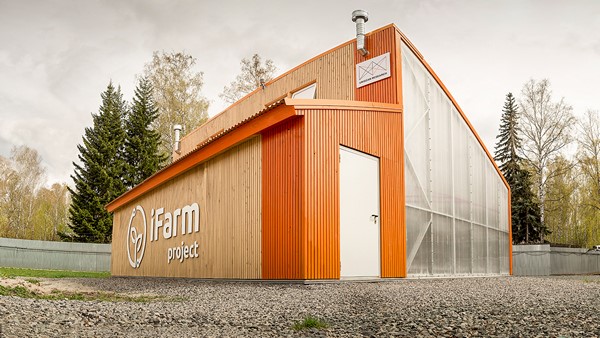
process
CLIMATE CONTROL SYSTEM
We designed the automated climate control system based on the critical parameters that have to be continuously monitored and controlled for successful crops growing: lighting, air humidity, air and soil temperature, CO2 concentration, amount of water for irrigation.
TEMPERATURE
The designed air temperature control system is based on the thermal sensors mounted inside and outside the greenhouse. We decided to go beyond standard methods of air temperature control using air conditioners and electric heaters. Instead, we used all possible options to cut resulting energy costs: it’s cheaper to lower the blinds and thus to reduce the heating of the interior space by the sun than to keep the air conditioner in operation for hours.
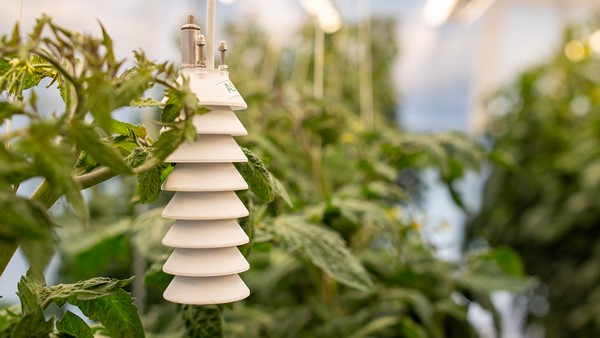
The most acute problem for northern regions in cold months is to maintain the required temperature inside the greenhouse. In the iFarm greenhouse, this is achieved due to the use of the electrical heaters. To reduce the temperature during the hottest time of the year, we use air conditioners, automated windows control system, air ventilation system, roof blinds. The designed branched ventilation system evenly distributes the air streams inside the greenhouse.
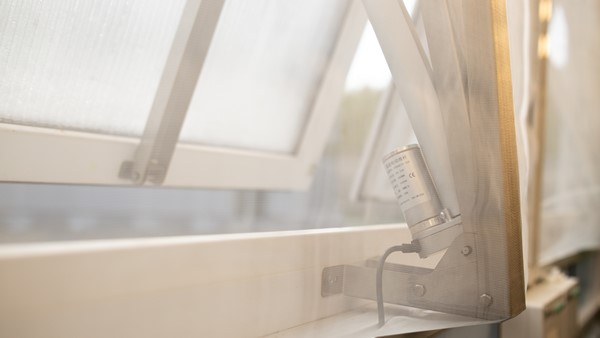
AIR HUMIDITY
The air humidity is another critical parameter. We decided to humidify the air using the water fog. Finely dispersed drops generated by the ultrasonic evaporators are evenly distributed to all sectors of the greenhouse. Unlike the atomizers, the water fog is safer and easier to absorb for plants. Also, this system is easier in use than the atomizers—you don’t have to work with the pressurized lines and buy and maintain a compressor.
CO2 CONCENTRATION
Another critical parameter for high-quality growth of the crops is the concentration of CO2 in the air. The plants’ need for carbon dioxide defers in different growing periods. In the iFarm greenhouse, the concentration of CO2 is reduced either through the external air intake or through the windows opening and increased through the direct CO2 supply in the required volume into the ventilation system.
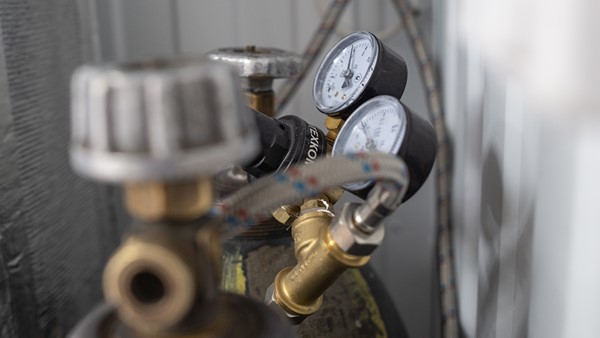
LIGHTING
In northern regions, especially in winter time, the daylight hours are not long enough to provide healthful growing of the crops. The plants need supplemental lighting.
As a common, in greenhouses, the HPS or Hg-filled lamps are used as the closest analog of the sunlight in terms of the radiated spectrum.
The main disadvantage of these lamps is the high energy consumption and generation of an immense amount of heat. In addition to raising the temperature inside the greenhouses, these lamps can give the plants a burn if mounted not high enough, which doesn’t match the concept of a small-size greenhouse.
We decided to use different kinds of LED lamps. Compared to the traditional HPS or Hg-filled lamps, they generate less heat and consume less energy. One of the sections is lighted by the narrow spectrum grow LEDs, the other one—by the wide spectrum grow LEDs. Depending on the plant’s height, the lamps can be adjusted to any required altitude. Lighting is activated according to recommendations of agriculturists.
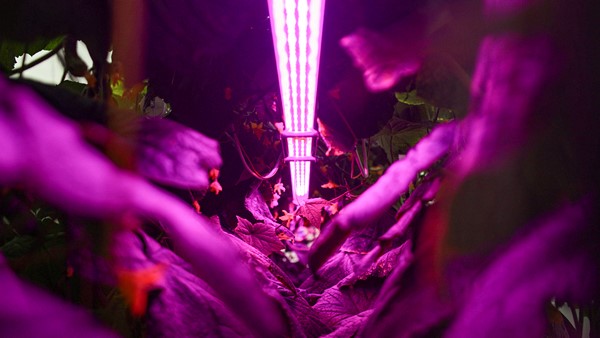
IRRIGATION
We chose the drip system for plants irrigation. Before irrigation, the water goes through preliminary filtration and delivered to the plant with the needed flow based on the data of soil moisture sensors.
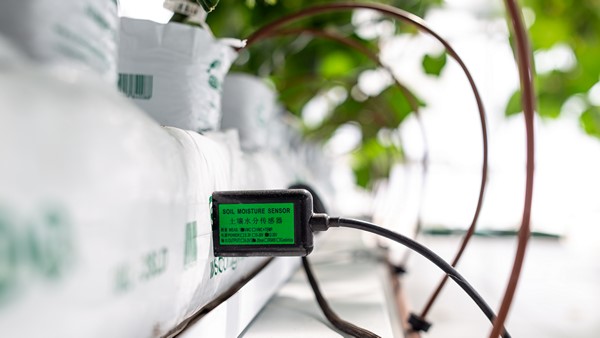
PROJECT OUTCOME
To implement this project, we formed a team of four engineers from different disciplines, who, while participating in this project, not only achieved its primary goal but also got new skills and widened their expertise into adjacent areas.
At now, all work on the automated climate control system for the iFarm project is finished. The designed system has been tested and put into operation.
Uniscan Research engineers support the system, while the iFarm specialists continue their research study using the up-to-date equipment.
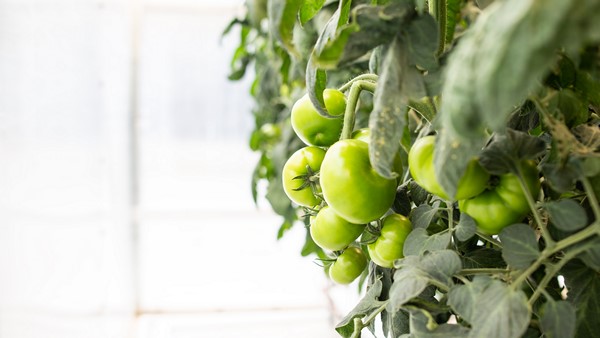
team
| Product Owners — Pavel Karavaev, Aleksei Lukashov, Alexey Sterinovitch |
| Project Manager — Maxim Khokhrin |
| Electronic Engineer — Sergey Chechulin |
| Design engineer — Alexander Shamov |
| Programmer — Igor Supryadkin |
| Instrumentation engineer — Dmitry Gritsishen |
In cooperation with TION company, we developed an unattended air monitoring station
We got a request to redesign a knee prosthesis and have developed its serial production process.
The solution for quick and accurate aluminum profile geometry control.




